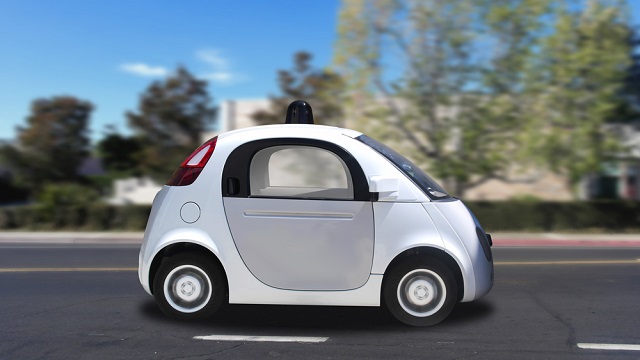
Driverless cars seem like the kind of sophisticated, auto-pilot technology that sci-fi readers have been dreaming about for decades. But this is no futuristic novel anymore; this is reality now. And some small businesses are finding ways to make the technology work for them.
Big Developments for Driverless Cars
This summer’s big news on driverless cars is University of Michigan’s new MCity, a facility in Ann Arbor, MI, designed to be “a controlled environment specifically designed to test the potential of connected and automated vehicle technologies that will lead the way to mass-market driverless cars.”
Many of the big-car brands like Nissan, Mercedes, Audi, and GM are already testing–and even releasing–some aspects of autopilot functionality. That’s a given. But by looking deeper into how the industry has developed, we can start to see the possibilities for small business.
The Birth of the Self-Driving Car Industry
The development of self-driving technology is more than just a big change to an established industry. It’s a brand new industry that will involve innovations in technology, design, prototyping, and a host of legal and regulatory rules as it accelerates.
Though big business may dominate both R&D and production, small businesses can still find a niche in one of those arenas and plant themselves in it, becoming an integral part of the driverless car industry. Already, for example, a few of the MCity partners include smaller businesses: Savari Networks, which develops automotive wireless technology, has under 200 employees. Realtime Technologies, a simulation creator, has under 50 employees.
New Opportunities with New Advances
It’s a mistake for small business owners to think that the self-driving car industry comes with too high of a buy-in for their participation. Even if your small business isn’t involved in wireless tech, prototyping, or simulation, there will be increasing opportunities as this industry develops.
Regulatory standards will be reworked to include autopilot technology, triggering a need for insurance companies, brokers, and lawyers to explain, adapt, and assist companies and individuals in meeting and applying the new standards. As demand rises and companies invest in new development, testing, and manufacturing facilities, small businesses in contracting and construction can benefit. New facilities mean increased populations, so small businesses in housing, food, and other consumer needs can benefit by thoughtfully expanding to these locations to serve the driverless car workforce.
Funding Opportunities with Industry Growth
If you want to get your small business directly involved in shaping the future of driverless cars, check out the various grants and funding opportunities that are starting to appear. For example, UM-Smart Mobility Enterprize annually awards entrepreneurs and small businesses involved in “New Mobility.”
The U.S. Department of Energy is including self-driving technology in recent funding legislation, which could mean over $1 billion available to companies big and small who are developing driverless car technology. As the industry grows to its predicted value of $42 billion by 2025, new prizes, awards, and funding opportunities will grow with it.
So, what should small businesses do if they want to be involved in the new driverless car industry? Start by learning: there’s a plethora of information and news on driverless car technology online, with more added daily. Start researching and thinking about the way your small business can fit into and profit from an industry that is more exciting than any sci-fi movie. The future is now, and it’s looking pretty good for savvy small businesses.